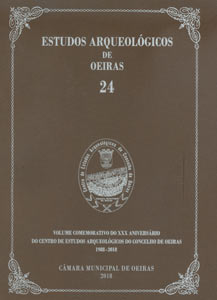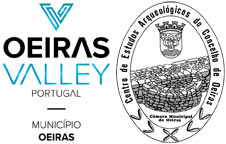De la Historia a la Paleoetnología de los Lusitanos
Palavras-chave:
Atlantic Bronze Age, Castros Culture, Ethnoarchaeology, Ethnogenesis, Lusitanian language, Lusitanians, ViriatusResumo
Historiography of the Lusitanians from Antiquity and the Renaissance, in which they were mythologized by their harsh opposition to Rome, up to the present. The contributions of archeology in the nineteenth and twentieth centuries, of linguistics from the mid-twentieth century and of ethnoarchaeology in recent years, have specified its territory, its material culture, its language, its divinities and its customs, as well as its long process of ethnogenesis from the Bronze Age until Rome creates the Provincia Lusitania, c. 15 BC.
The Lusitanians were an Indo-European people who inhabited the western areas of the Iberian Peninsula from the Miño to the Guadiana river. These territories constituted a Finis terrae in Antiquity, reason why the Lusitanians offer a process of longue durée that explains its Indo-European “proto-celtic” character, with a social structure, a language and a religion peculiar by its archaism, which situates them between Celts and Italics.
Downloads
Publicado
Como Citar
Edição
Secção
Licença
Os artigos publicados são da exclusiva responsabilidade dos Autores.
É expressamente proibida a reprodução de quaisquer imagens sobre as quais
existam direitos de autor sem o prévio consentimento dos signatários dos artigos
respectivos.




